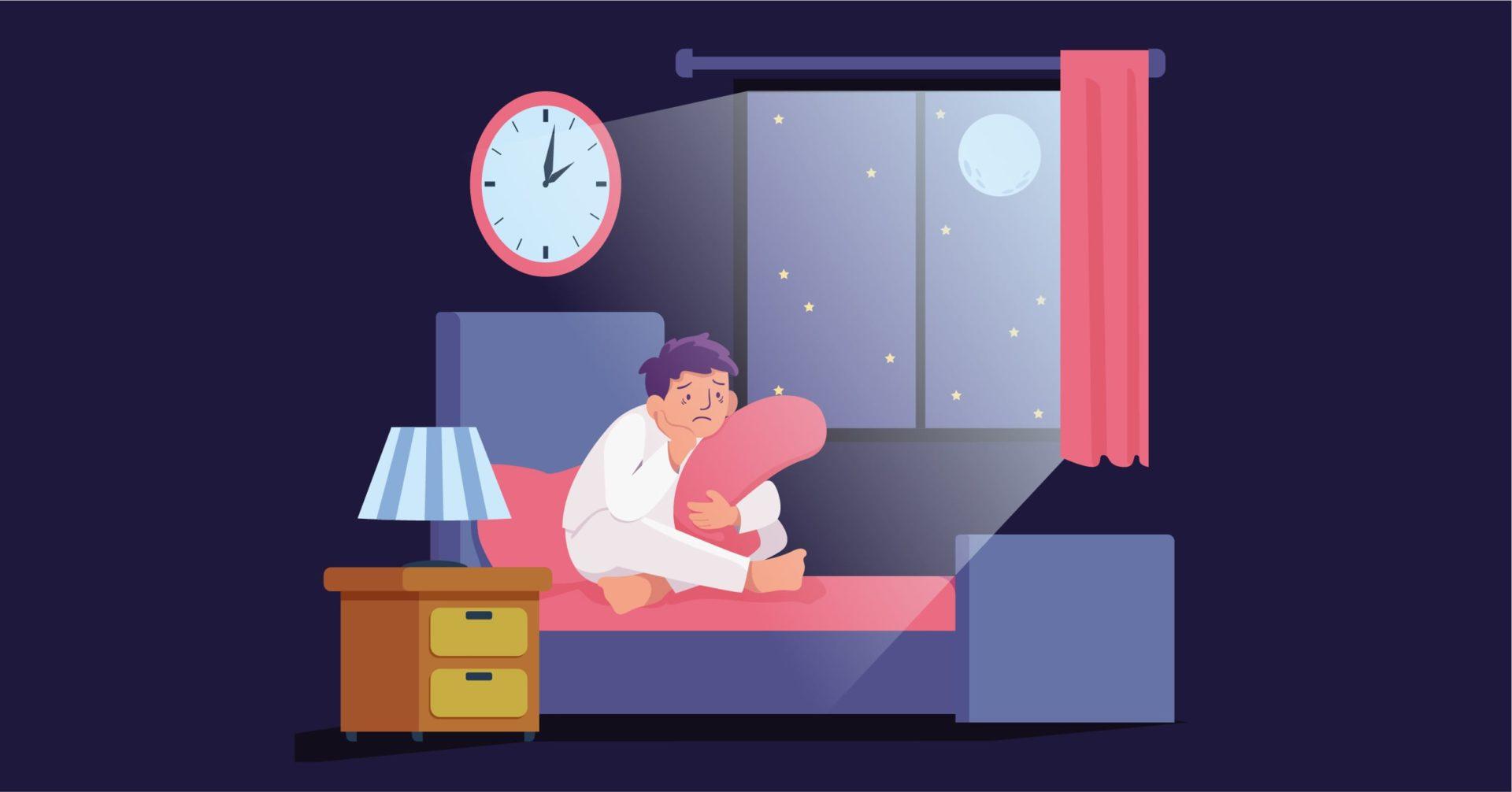What is Pica Disorder?
Pica is classified as an eating disorder, and is characterized mainly by the persistent consumption of substances that are inedible, or “non-nutritive”.
Commonly consumed substances include paper, soil, chalk, charcoal, soap, hair, string, wool, paint, ash, clay, and more. Behavioral manifestations associated with Pica can lead to serious consequences, including poisoning, parasitic infestation, infections, and gastrointestinal complications.
The prevalence of Pica can be observed across ages, but a childhood onset is commonly reported among children with adequate developmental progress.
In adults, Pica usually presents among those with underlying psychiatric conditions or intellectual disability. Iron deficiency is commonly observed both as a correlate and an effect of the disorder.
Treatment options for Pica are predominantly based in behavioral therapy. Pharmacological management routes are usually dependent on comorbid conditions.
Signs and Symptoms of Pica
The signs and symptoms of Pica include:
- Continuous consumption of inedible substances
- Vitamin or mineral deficiency (in some cases)
Risk Factors Leading to Pica
The occurrence of Pica is observed in both males and females, though it may occur in females during pregnancy. While the onset of the disorder can be reported at any time, childhood onset of Pica is the most commonly observed, and its prevalence is considered to decrease with age.
It is possible that the incidence of Pica is under-reported due to a reluctance of individuals with the disorder to approach healthcare providers.
While the aetiology of the disorder is unclear, attributions are often made to environmental factors such as neglect, maternal deprivation, poor interaction among child and parents, haphazard family structure, lack of supervision, and socioeconomic disadvantages. Medication can also play an influencing role.
While Pica is commonly associated with mineral or vitamin deficiencies, they may not always be looked at only as causative factors, but also as products of the disordered consumption of inedible substances. Iron and zinc deficiencies are most frequently present.
While Pica occurs during childhood among those with common developmental patterns, it is more likely to occur in adults with developmental or intellectual disabilities, and is also linked to psychosis.
Prominent psychiatric comorbidities include Autism Spectrum, Schizophrenia, and Obsessive-Compulsive Disorder. Excoriation (skin-picking) and trichotillomania (hair-pulling) are also reported to be co-occurring behavioral disorders, with ingestion of the pulled skin or hair observed in comorbid conditions.
Diagnosis of Pica
The diagnosis of Pica is often reliant on a combination of laboratory testing, clinical assessment, as well as diagnostic criteria. The patient’s clinical history plays a vital role in the determination of the disorder.
It is beneficial to make inquiries related to commonly manifested behavior associated with Pica in certain groups that may be at a higher risk of the disorder, such as pregnant women, children, and individuals with psychiatric comorbidities.
The DSM-5 mentions the following diagnostic criteria for the disorder:
- Persistent eating of non-nutritive, non-food substances over a period of at least 1 month.
- The eating of non-nutritive, non-food substances is inappropriate to the developmental level of the individual.
- The eating behavior is not part of a culturally supported or socially normative practice.
- If the eating behavior occurs in the context of another mental disorder (e.g., intellectual disability [intellectual developmental disorder], autism spectrum disorder, schizophrenia) or medical condition (including pregnancy), it is sufficiently severe to warrant additional clinical attention.
Abdominal radiography, ultrasounds, and other forms of scanning may be used during diagnosis. Blood tests and laboratory tests can reveal deficiencies and other abnormalities that may be indicative of Pica.
Testing for parasitic infestations, infections, and lead or mercury poisoning may also be carried out on the basis of the type of Pica behavior, and the substances consumed.
It is important to consider cultural factors during assessment. The consumption of non-food substances in cultural contexts for spiritual, medical, or other traditional reasons is not considered to be subject for diagnosis of Pica.
Treatment for Pica
The management of Pica often involves behavioral intervention and focuses on prevention of disordered consumption behaviors.
Behavioral therapy is considered to have significant efficacy in reducing Pica behavior. This may include response reduction, based on stopping attempts to consume non-food items, reinforcement-based therapy which makes use of rewards and punishment, or a combination of both.
Social skill as well as functional communication training can help increase social acceptance, and also manage behavioral issues arising out of the manifestation of Pica and other underlying psychiatric comorbidities.
Hospitals and residential rehabilitation centres may enforce preventive methods to control Pica behavior, including adequately training the staff, removing potentially dangerous substances or objects that could be harmful or lethal upon consumption, and setting up suitable methods of monitoring patients.
Similar monitoring and preventive methods should be undertaken by caregivers of those not committed to residential programs, as well as parents or guardians of children presenting with the disorder.
There is no established pharmacological treatment for Pica. In cases where Pica is linked directly to an iron deficiency, iron supplements have been effective in reducing the severity of and also reversing the manifestations of the disorder.
Additionally, when Pica is the product of comorbid disorders, or presents as a stress-induced effect of other pathological conditions, appropriate medication for the comorbidity including SSRIs (Selective Serotonin Reuptake Inhibitors), antipsychotics, neuroleptics, and stimulants may also subsequently alleviate symptoms of Pica.
Differential Diagnosis
1. Anorexia nervosa: Pica can usually be distinguished from the other feeding and eating disorders by the consumption of nonnutritive, nonfood substances such as paper, tissues. If the eating of nonnutritive, nonfood substances is used for weight control, anorexia nervosa should be the primary diagnosis.
2. Factitious disorder: Some individuals with factitious disorder may intentionally ingest foreign objects as part of the pattern of falsification of physical symptoms. In such cases, there is an element of deception regarding the deliberate induction of injury or disease.
3. Nonsuicidal self-injury and nonsuicidal self-injury behaviors in personality disorders: Some individuals may swallow potentially harmful items such as pins, needles, knives in the context of maladaptive behavior patterns associated with personality disorders or nonsuicidal self-injury.
Comorbidity
Disorders most commonly comorbid with pica are autism spectrum disorder and intellectual disability along with schizophrenia and obsessive-compulsive disorder. Pica can be associated with trichotillomania and excoriation disorder.
Specialists
It is vital for primary healthcare providers to be alert about the symptomatic behavior of Pica, and adequately assess the possibility of its presence among at-risk populations. Upon diagnosis, patients may continue treatment with specialists with the appropriate training and qualifications, behavioral therapists, and practicing psychologists.
In Conclusion
Even without treatment, Pica in children frequently fades away in a few months. Treating the dietary shortfall that’s causing your pica should make your symptoms go away.
Pica is a persistent condition. Particularly in those who have intellectual difficulties, it might linger for years. Your doctor will explain the prognosis for your particular situation and what you can do to assist manage the disease to you.
Get in touch with our experts today.





